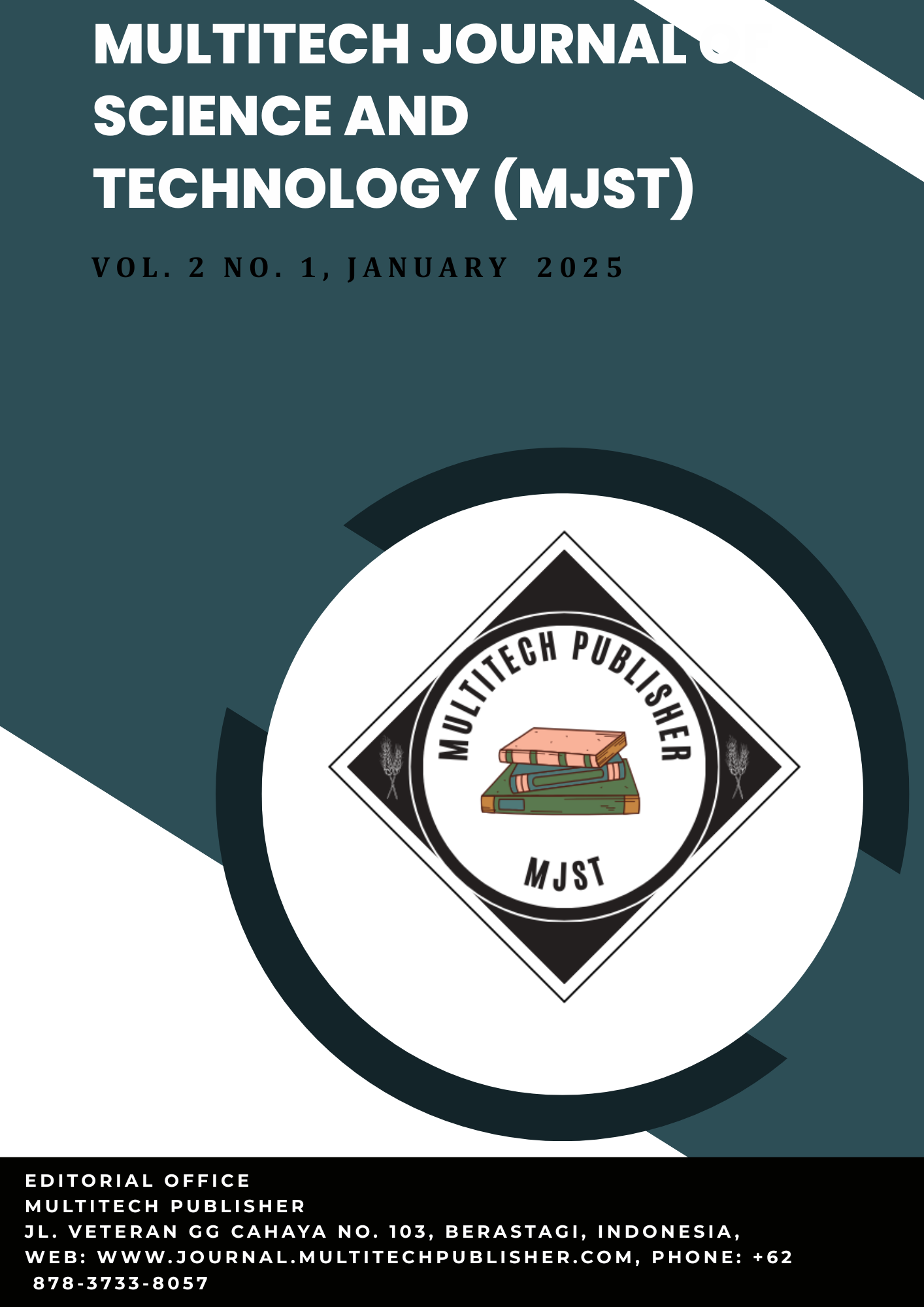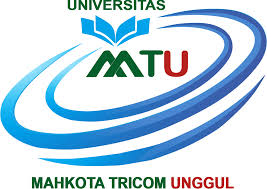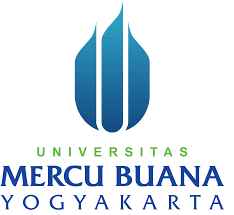The Digital Divide in Public Participation: Barriers and Opportunities for Inclusive E-Governance
DOI:
https://doi.org/10.59890/kwdkmj14Keywords:
Digital Divide, Government Services, Technology, Digital Literacy, Digital AccessAbstract
The uneven access to computers and the internet, what we call the “digital divide,” is a major hurdle for creating a government system where everyone can participate equally in online services. This paper looks at the different reasons why some people can’t fully take part in online government services. We’ll examine the social and economic factors, the problems with technology infrastructure, and the lack of digital skills that stop people from participating. We’ll also discuss ways to solve these problems, such as government policies, training programs to improve digital literacy, and designing online services that are easy for everyone to use.We’ll use a mix of different research methods. This includes looking at global statistics and doing detailed case studies of India, Estonia, and Kenya. These countries show the wide range of challenges and opportunities in trying to close the digital divide. Our findings will emphasize the need for everyone—the government, businesses, community groups, and individuals—to work together to overcome this gap. Ultimately, the paper argues that true online government participation depends not only on having access to technology but also on fixing the deeper inequalities within our society
References
Estonia e-Governance Academy. (2023). Estonia’s digital society: e-Residency. https://e-resident.gov.ee
Eurostat. (2022). Digital economy and society statistics – Households and individuals. European Commission. https://ec.europa.eu/eurostat/statistics-explained/index.php?title=Digital_economy_and_society_statistics_-_households_and_individuals
Government of India. (2022). Digital India: Annual report 2021-22. Ministry of Electronics and Information Technology. https://www.digitalindia.gov.in
International Telecommunication Union (ITU). (2023). Measuring digital development: Facts and figures 2023. https://www.itu.int/en/ITU-D/Statistics
Jack, W., & Suri, T. (2016). The economics of M-PESA. American Economic Review: Applied Economics, 8(3), 321–353.
https://doi.org/10.1257/app.20150008
Margetts, H., & Naumann, A. (2017). Government as a platform: What can Estonia show the world? Oxford Internet Institute.
https://www.oii.ox.ac.uk/publications/government-as-a-platform/
OECD. (2021). Bridging the digital gender divide: Include, upskill, innovate.
OECD Publishing. https://doi.org/10.1787/bdddf497-en
Van Dijk, J. A. G. M. (2020). The digital divide. Polity Press.
W3C Web Accessibility Initiative (WAI). (2018). Web Content Accessibility
Guidelines (WCAG) 2.1. https://www.w3.org/TR/WCAG21/
Waza, A. (2024). A comprehensive study of role of technology in promoting good governance in rural and urban areas of India. JuniKhyat, 14(7), 130-142.
World Bank.(2022). World development report 2022: Digital dividends. World Bank Publications. https://www.worldbank.org/en/publication











